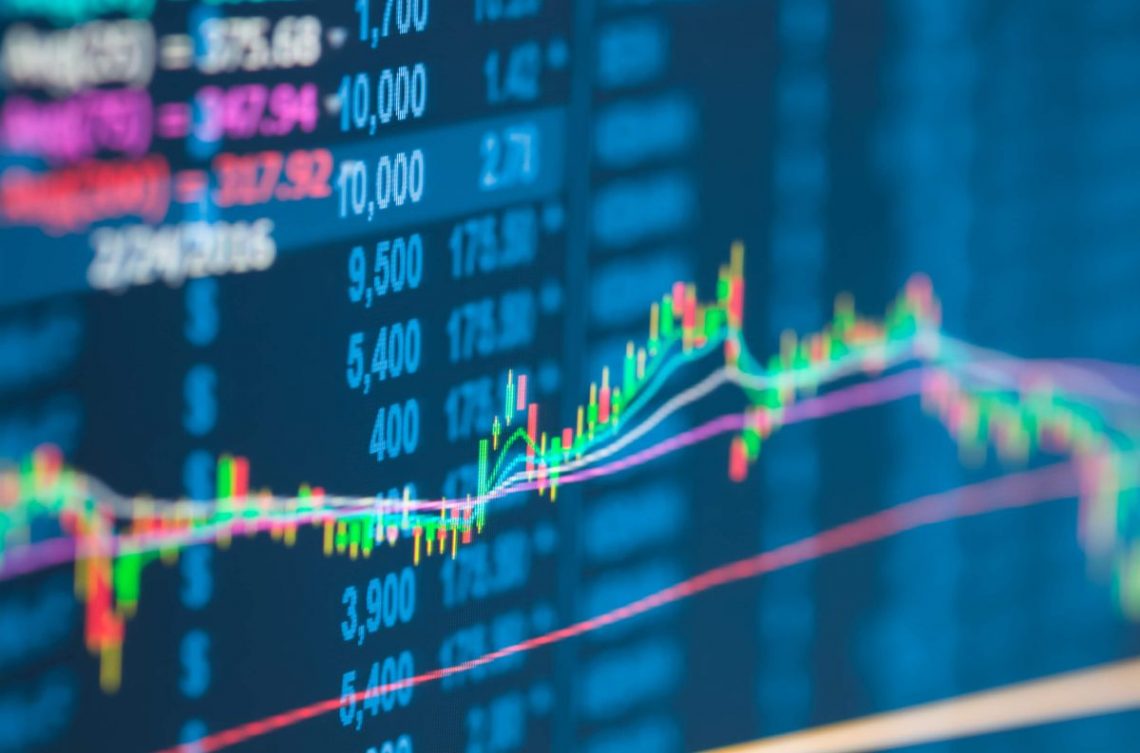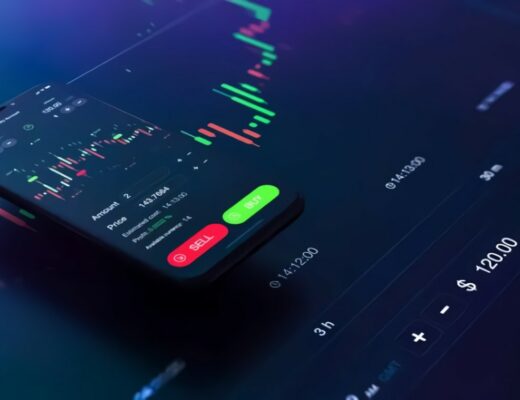The open interest on the futures market and its importance
The open interest is a concept used in the futures market. It describes the number of options, futures and agreements that have not yet been settled. The acquisition of a contract in this activity involves at least two parties – the seller and the buyer. Once a deal is concluded between them, it becomes an open contract. Although the term of the agreement has not yet expired.
You can understand the essence by the example. In the event of a sharp jump in value, the seller transfers a certain amount to the buyer. However, the first party to the transaction may not have the necessary money to provide profit to the second. In this case, the seller is forced to close the deal by repurchasing the contract from the buyer, but at a price higher than it was originally. And then the seller is already the buyer, as he is required to complete the transaction in minimum time, which is unprofitable for him. And there can be several thousand of those who want to close an unsuccessful contract.
This situation of high open interest when the market price rises leads to the activity of players who need to buy back their positions, which leads to losses. The greater the number of such people, the higher the value and the hype around assets. In this case, one of the participants of the transaction has a good profit, and it can also be used as a lever of pressure on the other participant.

It should be understood that the amount of open positions should be carefully analyzed to track the mechanism of changes occurring in the market. Each transaction made on the exchange affects these indicators – the open interest may decrease or remain stable.
When new positions appear from both the seller and the buyer, an exchange contract emerges. If the buyer opens a long position and the seller closes the previous one, then it appears that one enters a new deal and the other one cancels the old one. This does not change the total amount of open positions. The third option is when the seller opens a new short position and the buyer closes the same old one. Then the Open Interest Index decreases.
When analyzing trends, traders are guided by the rule: if there is a simultaneous increase in open interest and volumes, the trend is likely to remain unchanged. And if there is a decrease in these indicators, then we can judge about the end of the current trend. Simply put, the growth of open positions is associated with a decrease in the price, and when it decreases, we should wait for the increase in value. This is due to the fact that small traders are not in a hurry to act and wait for the moment to enter the market.










